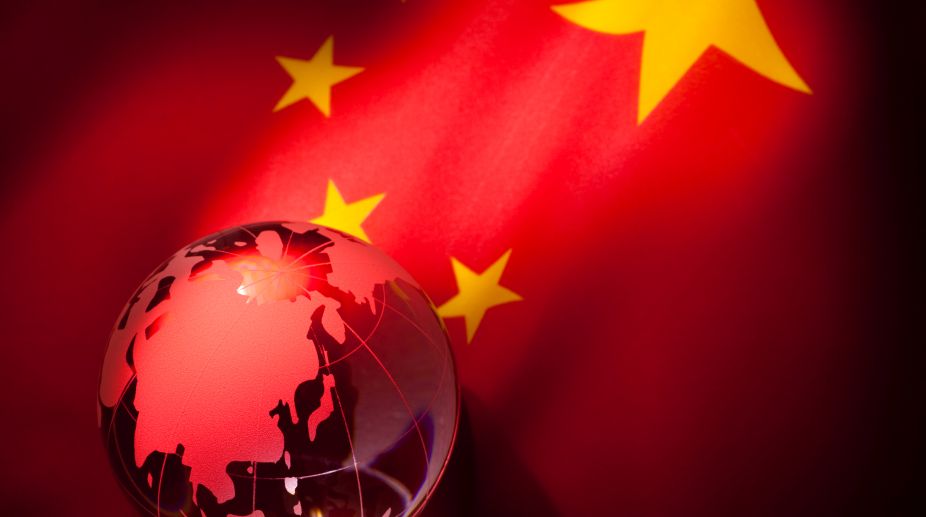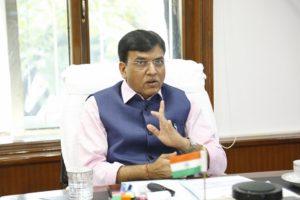China's Trade Minister on Tuesday said talks on the proposed Asia-Pacific free trade agreement are progressing well, after the US withdrew from the Trans-Pacific Partnership (TPP) Agreement last month.
Gao Hucheng said at a news conference in Beijing that talks for setting up the Regional Comprehensive Economic Partnership — that would include 16 countries from the Asia-Pacific region — are progressing smoothly, and expressed confidence that they will be concluded soon after certain challenges were addressed, Efe news reported.
Advertisement
"Globalisation is not the problem, the problem is how to distribute the benefits of globalisation," Gao said, adding that no country can afford a return to the pre-globalisation era.
US President Donald Trump has threatened to impose tariffs on products imported from China, and Gao said Beijing will carefully study such measures and adopt an appropriate stance when it happens.
"Cooperation benefits both, while confrontation can only hurt," he noted, while dismissing speculation that the two largest global economies were going to begin a trade war.
RCEP, a free trade initiative backed by China as an alternative to the TPP (which it was not part of), also comprises the ten member states of the Association of South East Asian Nations, besides Australia, South Korea, India, Japan and New Zealand.
Talks for the RCEP began in 2013, and are set to continue at a meeting in Kobe, Japan, said Gao.
The last round of talks was hosted by Indonesia in December 2016.
Gao stressed that China is looking to play a leading role in these meetings, where it will try to encourage all participants to resolve differences and reach an agreement.
He added that Beijing is also keen to promote its integration into the world economy through the New Silk Road, an initiative through which China is seeking to improve connectivity with the rest of Asia, besides Africa and Europe.











